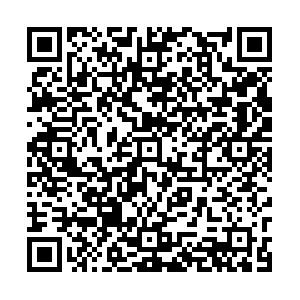-
Abstract
With the rapid development of holographic technology, metasurface-based holographic communication schemes have demonstrated immense potential for electromagnetic (EM) multifunctionality. However, traditional passive metasurfaces are severely limited by their lack of reconfigurability, hindering the realization of versatile holographic applications. Origami, an art form that mechanically induces spatial deformations, serves as a platform for multifunctional devices and has garnered significant attention in optics, physics, and materials science. The Miura-ori folding paradigm, characterized by its continuous reconfigurability in folded states, remains unexplored in the context of holographic imaging. Herein, we integrate the principles of Rosenfeld with L- and D-metal chiral enantiomers on a Miura-ori surface to tailor the aperture distribution. Leveraging the continuously tunable nature of the Miura-ori's folded states, the chiral response of the metallic structures varies across different folding configurations, enabling distinct EM holographic imaging functionalities. In the planar state, holographic encryption is achieved. Under specific folding conditions and driven by spin circularly polarized (CP) waves at a particular frequency, multiplexed holographic images can be reconstructed on designated focal planes with CP selectivity. Notably, the fabricated origami metasurface exhibits a large negative Poisson ratio, facilitating portability and deployment and offering novel avenues for spin-selective systems, camouflage, and information encryption. -



 E-mail Alert
E-mail Alert RSS
RSS


